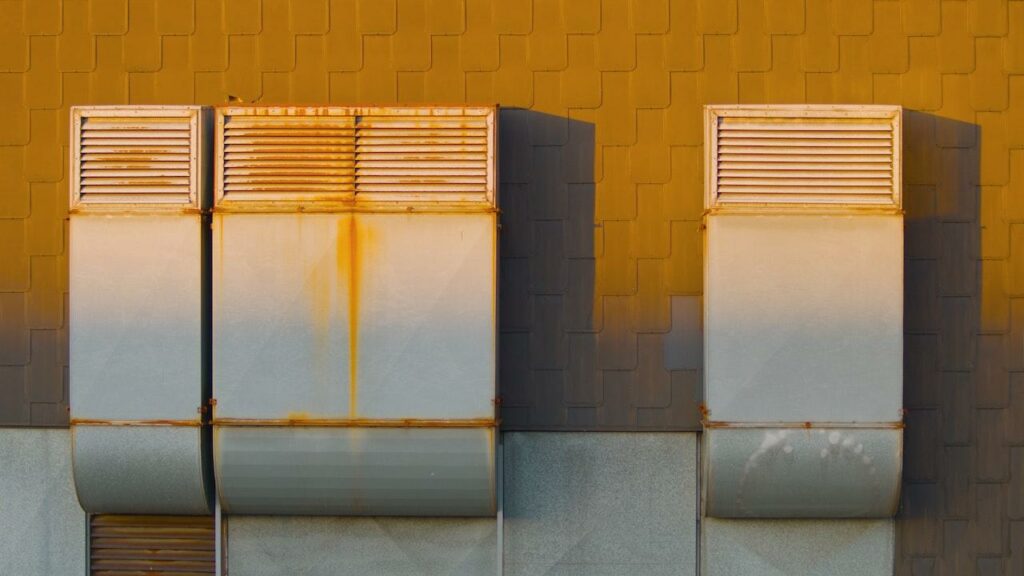- May 31, 2023
- 4 min
Is Your Miami Home Safe? The Hidden Dangers in Your HVAC Air Ducts You Need to Know About

Living in Miami can make things a bit hot and humid sometimes, but living with unsafe air ducts in your
home should never be an option. Most of us don't think twice about the air ducts hidden away
throughout our homes, yet they're essential for circulating clean, healthy air throughout the house.
Unfortunately, not all HVAC systems or air ducts are up to standard.
In this blog post, we'll delve into some of the hidden dangers lurking behind walls and ceilings in your
Miami home so you can take steps to ensure your and your family's safety. So let's look more closely at
what could actually lurk within those dusty corridors of air vented through your HVAC system!
Dust Mites
One of the most common dangers that can be found in air ducts is dust mites. Dust mites are tiny creatures that thrive in warm, humid environments, such as air ducts. These creatures feed on the dead skin cells we shed each day, which can trigger allergies and asthma attacks in some people.Mold
Another danger that can be found in air ducts is mold. Mold loves to grow in dark, damp places, and air ducts provide the perfect environment to thrive. Mold can cause various health problems, including respiratory infections, headaches, and fatigue.Bacteria
Bacteria can also be found in air ducts, posing a serious health hazard. Some types of bacteria can cause diseases, such as Legionnaires' disease, and others can trigger allergies and asthma attacks.Carbon Monoxide
Carbon monoxide is a colorless, odorless gas that can be deadly if inhaled in large quantities. Unfortunately, carbon monoxide leaks are not uncommon in homes with gas-fired furnaces or water heaters. A carbon monoxide leak in your home could be circulating through your air ducts and putting your family at risk.Asbestos
Asbestos is a dangerous substance that was once used extensively in home construction. If your home was built before the 1980s, there is a good chance that asbestos insulation was used in your air ducts. If this insulation begins to break down, it can release asbestos fibers into the air, which can cause lung cancer if inhaled.Lead
Lead paint was once used extensively in homes, but it has since been banned due to the health hazards it poses. If your home was built before 1978, there is a good chance that lead paint was used somewhere in its construction. If this paint begins to chip or flake, it can release lead dust into the air, which can cause serious health problems if inhaled.
Contact Us
Latest posts

